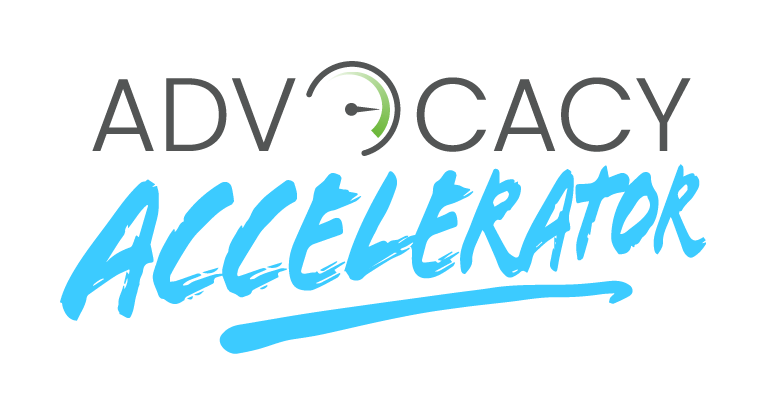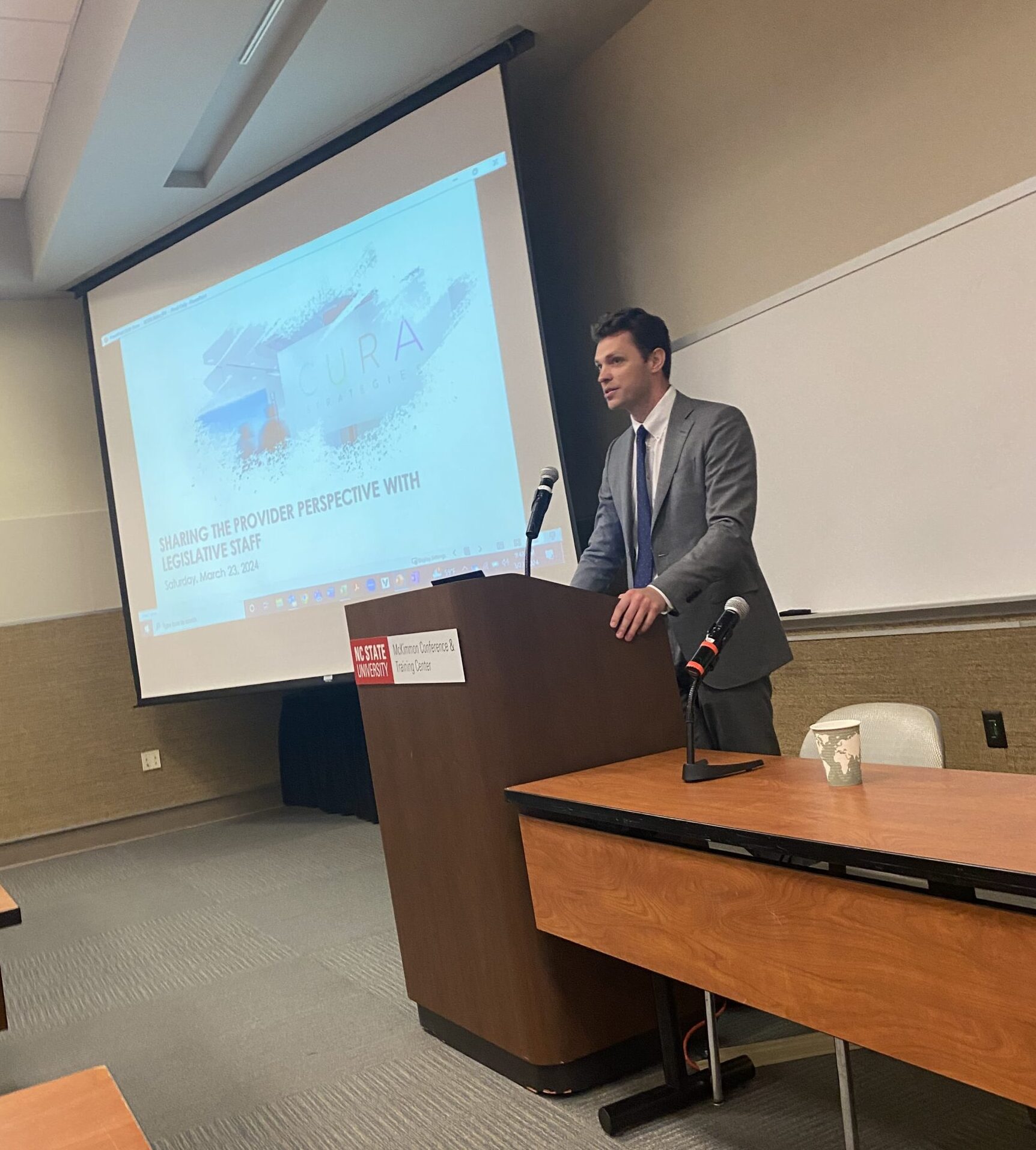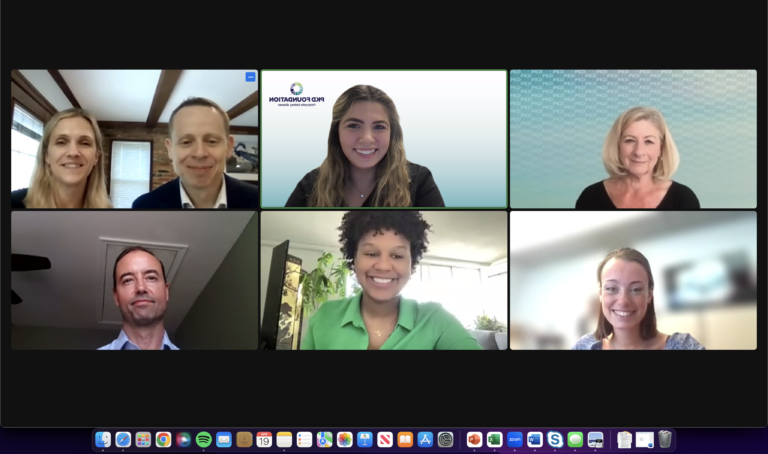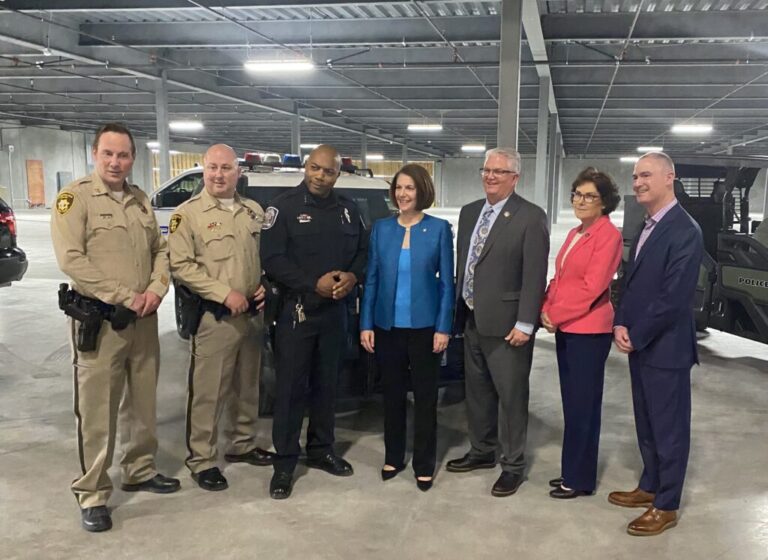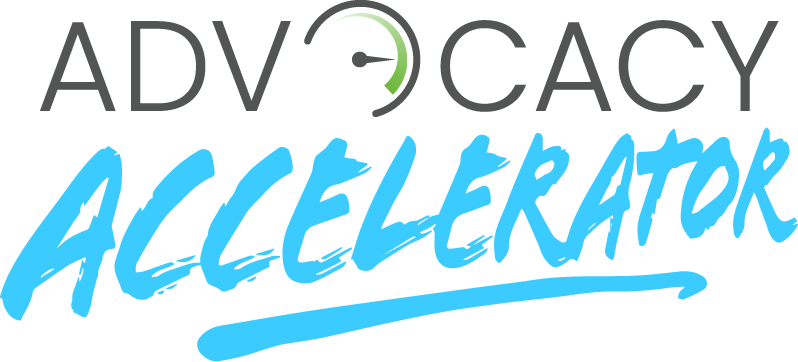White Coat Advocacy: 3 Things You Need to Know
Medical professionals make up 4 of the top 5 most trusted professionals, with nursing topping the list as the number one trusted profession. Add in their impressive credentials, and it is no surprise that the medical professional’s perspective can be a major influence on policymakers and the media.
As a public affairs consulting firm focused entirely on health care, we at CURA have seen thousands of health care professionals in action in media interviews and on Capitol Hill. When done well, it is masterful. When it’s not, it’s painful. The same credibility and intelligence that makes providers so influential also creates unique challenges when recruiting and training clinicians on advocacy.
Here are three ways to help your organization’s health care providers master the art of advocacy.
1. Keep Them Motivated
A provider’s time is precious. They work in fast-paced environments, making judgement calls that impact patients’ health and livelihoods. To encourage their participation, be as direct as possible about the positive impact their involvement can have on their lives, on their profession, and on their patients’ lives. Here are a few tips to help motivate them:
- Remind them how much the government controls health care—not only through legislation and regulation but also payment. Nearly 50% of all health care is paid for by the government.
- Demonstrate how provider-led advocacy has worked in the past—what law was passed or stopped because of provider involvement? Our work with the Adult Congenital Heart Association (see case study below) and with the Honor the Gift Coalition has shown that partnership across the aisle is still possible.
- Appeal to their altruism. Most providers started practicing medicine because they wanted to help their patients. Tap into that desire to compel them to use their voice to help patients by influencing policies that can affect millions.

- Put it in terms they can understand. Policymakers are like general practitioners— they are typically intelligent about a lot of different areas. They are not specialists. Yet they are asked to weigh in on very specific and specialized issues and make decisions that impact millions. They need providers to coach and educate them on the nuances of their field. As the above quote from Sen. Ed Markey says, “Advocates have played an integral role in getting politicians to understand public health issues and getting lawmakers motivated to act.”
2. Explain the Policymaker Culture
Next to the military, the culture of medicine may be the most distinctive of any profession. It has its own schools, degrees, language, systems, rules, regulations and payment systems. It takes years to learn. Making the comparison, explain that the culture of government policymaking is also unique, although probably not nearly has hard to master. Give them these guardrails to help them be effective in the policymaker culture:
- Respect the staff: In medicine, hands-on training is essential, and a provider could go years without practicing independently. On the other hand, most government offices are staffed by younger professionals who have had little time to master their policy portfolio yet hold a tremendous amount of power and influence. Explain the value of all meetings and the importance of having a good working relationship with the staff, especially if you are a constituent.
- Avoid scientific jargon: The medical complexities and terminology familiar to medical professionals can be quite confusing to members of Congress and their staff. Warn them before not use jargon or heavily scientific terms. If there is a highly scientific concept they need to convey, do the pre-work by offering the provider an analogy to use to explain it.
- Use stories: Like general practitioners, the throughput of issues they must touch in a day is intense and requires significant context switching. Remind the providers that while statistics are great, especially in leave-behinds, one-pagers and follow-up emails, what’s most impactful during a half-hour meeting are stories.
Case in point #1: We recently conducted a Hill Action Day with over 120 advocates—mostly patients and a few MDs—about a change in payment guidelines that was hindering access to needed testing for Medicare participants. The sub-regulatory contractors were denying there was any significant change in coverage. The meetings where a provider was able to provide real-life examples of their patients who lost test coverage and how it was affecting their health were the most impactful by far.
Case in point #2: When CURA’s Manager of Government Relations, Patrick Meade, met with those in attendance at the North Carolina Medical Society’s Annual Advocacy Summit in March 2023, several attendees shared stories of patients they’d treated who’ve been impacted by prior authorization denials. Prior authorization reform is a priority of the society during the state’s upcoming legislative session, and by incorporating meaningful stories of how lack of access to care is actively impacting patients in the community, offices will be more likely to support this priority.

- Stay on message: Draft the key points—no more than three—you want the providers to convey in the meeting. Give them the specific language that they can use or adapt. Be very clear about the most important thing you want them to communicate. Lastly, make sure the providers know before the meeting what the call to action is that they should be asking for.
- Provide credentials but get to the point: While your provider might want to be humble, remind them to quickly emphasize any relevant positions and credentials they have on the topic or locally. This could include any local universities that they attended or teach at, or any local clinics you work with, especially if any of these are in the district of the office you’re meeting with.
- Maintain a nonpartisan perspective: Disease doesn’t discriminate, and neither do the most effective advocates when engaging legislators on health care issues. The best advocates leave their personal politics at the door. Despite what they may think about the party affiliation of the policymaker, health care can be one issue that transcends politics. Above all, politics is personal. Politicians they think won’t be supportive could have a personal connection to the issue.
- Provide on-demand training: Providers understand the value of lifelong learning. It is nearly impossible to get a group of providers on a webinar together. We highly recommend taping any training video you would like the provider to watch and making it available to them at a time that is convenient for them. This is a good practice with all your advocates (and a key reason we are launching the Advocacy Academy hour-long training program next week). You may even be able to get continuing medical education (CME) credits for your training course which will make it even more attractive to providers.
3. Make it Easy
The easier you make it to participate in advocacy, the more engagement you’ll receive. While this is true for any volunteer advocate, with providers we’ve found that a high-touch and personalized approach is the most effective:
- Schedule meetings on their behalf or ask for a point of contact in their office you can work with to help streamline correspondence and scheduling. Some providers want to handle this themselves, but it is better to at least try to ask for someone to help coordinate. If they insist, ask about their schedule and how they prefer to communicate. We typically ask for cell phone numbers.
- Provide them with the information and materials they need to be successful. Be sure to give them all the materials and talking points they’ll need for their meetings. For some providers, that is perfect, while for others, it isn’t enough. More than other advocates, providers are resistant to say they don’t know the answer when asked a question. It can be in their nature to want as much information as possible. If your provider advocates want a full policy brief before engaging, go beyond the key message document. Provide them with a thorough Q&A document so they feel prepared to answer questions.
- Help them build long-term relationships: As noted earlier, legislative staff trend young and are often looking to develop long-term relationships with organizations and professionals to keep them informed on health care issues. Help your advocates by providing them with prompts to send “Thank you” emails after their meetings, offering themselves up as a future resource. When there are relevant update
Case in point: The Adult Congenital Heart Association (ACHA) provides a recent example of using the provider voice in advocacy effectively. Beginning in 2021, CURA partnered with representatives from the ACHA community, including ACHD (adult congenital heart disease) cardiologists, to better understand the needs of this growing patient population. Among the biggest challenges facing the community is that although there are nearly 2 million adult congenital heart patients and counting, there are just over 500 ACHA board-certified physicians to provide care, mostly concentrated in large city hospitals and research centers.

CURA then partnered with ACHA patients and physicians to inform influential ACHD champions on Capitol Hill, including those on the Congressional Congenital Heart Caucus, about the impacts of this shortage on the patient population. Physicians provided insight into why prospective ACHD cardiologists would choose other pathways in medicine, often swayed by the appeal of shorter training durations and higher salaries in other specialties. Ultimately working to expand the scope of the recently introduced Congenital Heart Futures Reauthorization Act of 2024 (CHFRA) to include language convening an interagency workshop to develop a report to Congress on this issue.
Established, practicing ACHD cardiologists helped to articulate the long-term, structural challenges impacting the profession, while early-career ACHD physicians were able to share why the subspecialty may not be appealing to students. While dry statistics could portray the issue from a 10,000-foot view, sharing anecdotes of clinicians who’re burdened by the workforce shortage in this space and conveying how these shortages impact their ability to deliver high-quality care helped health care staffers better understand the importance of this issue, and the cost of not taking action.
Due to a split Congress, with Republicans controlling the House and Democrats the Senate, a budget-neutral solution was born: an interagency workshop of ACHD experts delivering a report to Congress on how to address the nationwide shortage of ACHD cardiologists. CHFRA’s bi-partisansponsors forged forward with this compromise and look forward to arming a future Congress with a roadmap to take action.
This wouldn’t have been possible without physician advocates volunteering their time and knowledge to ensure members of congress and their staff understood how these shortages would impact their constituents, and how they could do more to benefit the next generation of ACHD patients.
If your organization needs help with training or support ahead of an upcoming advocacy day or you need long-term advocacy assistance, CURA can help! Contact us, we’d love to chat.
